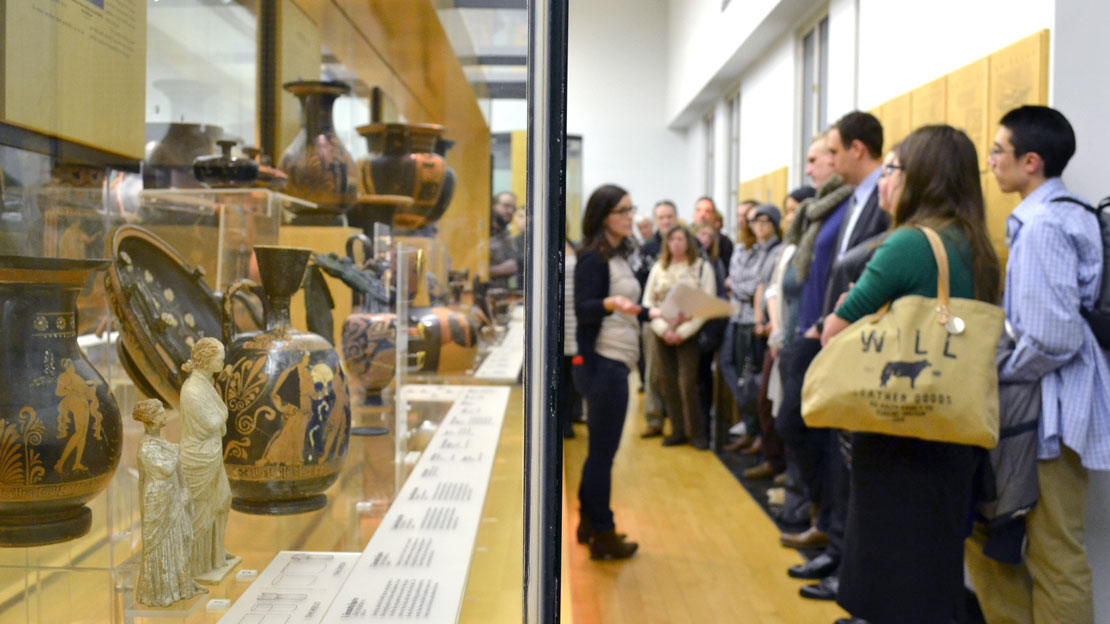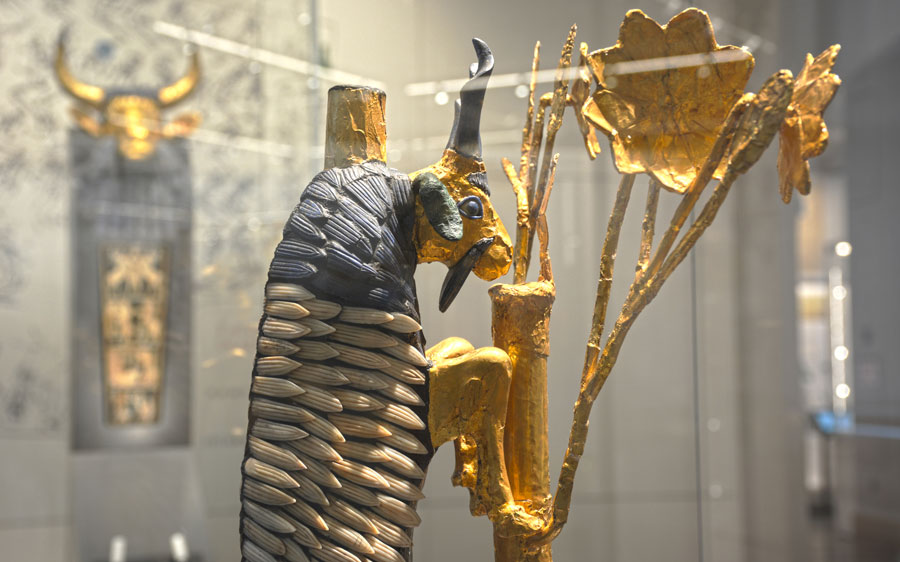Group Visits

The Museum will close at 3:00 pm today, April 17.

Groups of 10 or more save on admission, tours, and exclusive experiences.
Planning a K-12 Field Trip? Click here.
Worlds of wonder await your group at the Penn Museum. Explore three floors of art and artifacts spanning the entire history of human civilization—from Mesopotamia to Egypt to Greece.
Tours can accommodate up to 30 people per guide and are available in multiple languages. To build your customized group itinerary, choose from some of our most popular programs, including gallery tours, thematic tours, add-on experiences, and hands-on workshops.
Our team can also help you arrange private tours for groups fewer than 10 people. Can’t visit in person? We offer live virtual tour experiences, too.

Most popular!
What do objects tell us about history, culture, and technology? Learn about the science of archaeology and how studying what people left behind contributes to our knowledge of human history. Explore some of the Museum’s most important artifacts and further your understanding of our shared humanity.
I liked how the tour guide emphasized the stories of how different artifacts came to be in the museum and pointed out the visual cues (inscriptions, material etc.) that helped historians draw conclusions about the artifacts and their historical contexts.